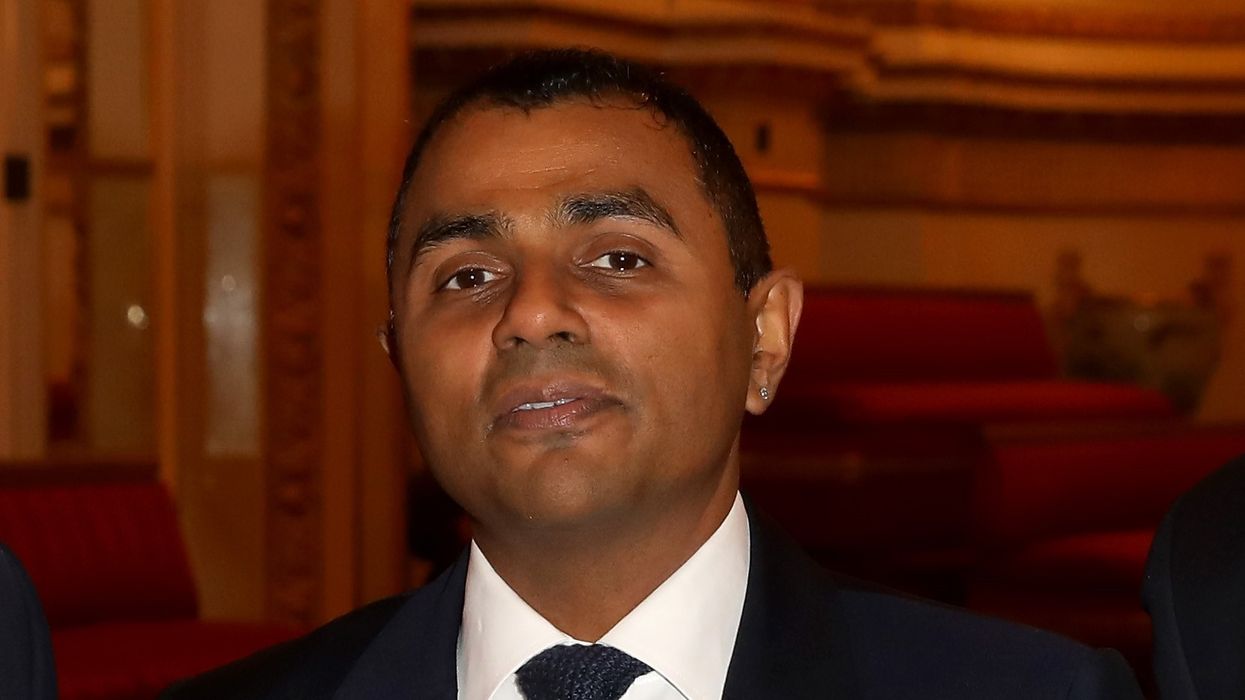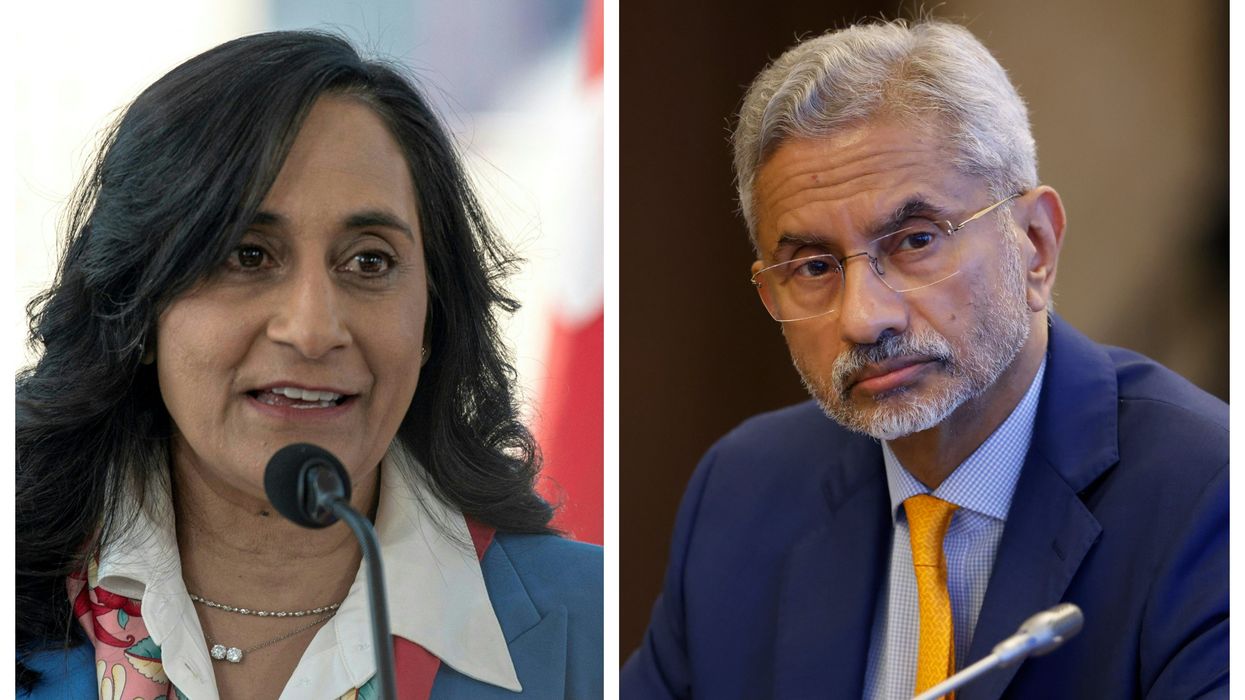THE POPULARITY of the Indian multi-language movie KGF: Chapter 2 has caught the imagination of Manchester City.
The English Premier League club posted a photo collage of three of its stars - Kevin De Bruyne, İlkay Gündoğan, and Phil Foden - on Instagram with the words “K.G.F, Kevin Gundo Foden” at the bottom. The caption reads: Our very own KGF!
The picture, posted on Wednesday (20), went viral and garnered 278,635 likes by the time of writing this report on Thursday (21).
KGF: Chapter 2 which is a sequel to the Kannada action film KGF: Chapter 1, has stormed the box office in India, collecting an estimated Rs 6.45 billion (£65 million) since its release on April 14.
Its Hindi version alone raked in Rs 2.55 billion (£26m), according to movie business analyst Taran Adarsh.
Directed by Prashanth Neel, the film has Yash and Sanjay Dutt in the cast.
Indian actor and producer Farhan Akhtar shared Man City’s post, commenting, “When your team and film find each other”.
His production house Excel Entertainment has the distribution rights of the film in north India.
KFG: Chapter 2 is the third blockbuster Indian film released since March this year, reviving the film exhibition business which had been battered by the pandemic for almost two years.
Director Vivek Agnihotri’s The Kashmir Files, a low-budget Hindi film based on the exodus of Kashmiri Pandits from Kashmir, dominated the box office across India in March. It was followed by S S Rajamouli’s Telugu flick RRR which also became a big commercial success.
Now, Man City has its ‘very own KGF!’






 Apsana Begum
Apsana Begum











